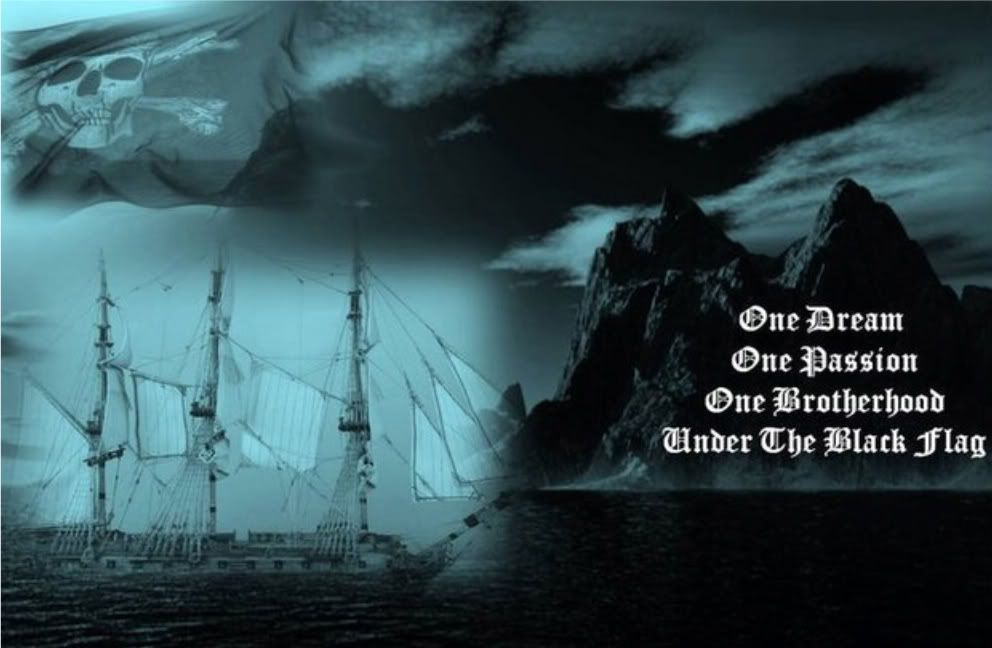Pedro Menéndez de Avilés The Designer of Treasure Fleet
biographies, Pedro Menéndez de Avilés, Treasure Fleets 2:04 μ.μ.
 Pedro Menéndez de Avilés (February 15, 1519 – September 17, 1574) was a sixteenth century Spanish admiral and pirate hunter. He is best remembered for his founding St. Augustine, Florida (the first permanent European settlement and oldest port city in what is now the continental United States) on August 28, 1565, and also for his subsequent destruction of the French settlement of Fort Caroline. Menéndez was the first governor of Florida.
Pedro Menéndez de Avilés (February 15, 1519 – September 17, 1574) was a sixteenth century Spanish admiral and pirate hunter. He is best remembered for his founding St. Augustine, Florida (the first permanent European settlement and oldest port city in what is now the continental United States) on August 28, 1565, and also for his subsequent destruction of the French settlement of Fort Caroline. Menéndez was the first governor of Florida.In 1561, Menéndez commanded the galleons of the great Armada de la Carrera (Spanish treasure fleet) on their voyage from Mexico to Spain. When he had delivered the treasure fleet to Spain, he asked permission to go back in search of one lost vessel, but was refused. This was the vessel onboard which were his son, other family members, and friends. After a lengthy delay, his request was granted on the condition that he would explore and colonize La Florida as King Philip II's adelantado. He fitted out an expedition for this purpose, personally bearing the associated expenses.
When Menéndez was about to sail, orders came to him from King Philip II, commanding him to "hang and burn the Lutherans" he might find in Florida (at the time, "Lutheran" was a catchall term for Protestant).
Upon arriving in the New World, Menéndez established St. Augustine. To this day, the locals of St. Augustine claim that it was here that Menéndez held the first Catholic Mass in the New World, thus making it the first place where a Mass was held in (what would one day become) the United States. After holding Mass, Menéndez proceeded to violently attack Fort Caroline, the stronghold of Protestant French settlers. He placed a sign over the survivors of the attack, which said: "I do this not as to Frenchmen but as to heretics." Only weeks later, Menéndez ordered the execution of over 300 survivors of a French shipwreck, at a site slightly to the south of St. Augustine. The site is now marked by a national monument, named Fort Matanzas (Spanish for "slaughters").
Menéndez is credited as the Spanish leader who first surveyed and authorized the building of the royal fortresses at major Caribbean ports. He was appointed Captain-General of the Spanish treasure fleet in 1554, when he sailed out with the Indies fleet and brought it back safely to Spain. This experience assured him of the strategic importance of the Bahama Channel and the position of Havana as the key port to rendezvous the annual Flota of treasure galleons.
Menéndez' military experience allowed him to surprise and destroy the French outpost of Fort Caroline on the St. Johns River, and with the help of a storm, defeat the French ships there. Due to a lack of food and the religion of the defeated French (Protestant), Menéndez ordered that the survivors of Fort Caroline be killed. The slaughter of these men led to the area of their execution being called 'Matanzas' ('Massacre' or 'Slaughters'). {The Spanish built a fort on the site of Fort Caroline-which was destroyed and the Spanish massacred by the French in 1568}. With the coast of Florida now firmly in Spanish hands, he then set to work finishing the construction of a garrison in St. Augustine, establishing missions to the natives for the Catholic Church, and exploring the east coast and interior of the peninsula.
Menéndez traveled to Southwest Florida, where he made contact with the Calusa tribe, an advanced maritime people. He negotiated an initial peace with their leader, King Carlos, which was solidified by Menéndez marriage to Carlos sister, who took the baptismal name Doña Antonia. The peace was uneasy, and Menéndez use of his new wife as a hostage in negotiations with her people, as well as his negotiating with the Calusas enemies, the Tocobagas, contributed to a decline to all out war, which continued intermittently into the next century.
Establishing a Spanish garrison of 200 men further up the coast, he sailed to the Georgia coast making contact with the local Indians of St. Catherines Island before returning to Florida and expanded Spanish power throughout southeastern Florida. In 1567, he marched south encountering the Ais (Jece) as he reached the Indian River near present day Vero Beach. The Ais, like the Tekesta and Calusa tribes, proved hostile to Spanish settlement as war continued on and off until 1670.[
He later made contact with the less hostile Tekesta at their capital in el Portal (Miami) and was able to negotiate for three chieftains to accompany him to Cuba as translators to the Arawak. Although Menéndez left behind Jesuit missionaries Brother Francisco de Villareal and Padre Rogel in an attempt to convert the Tekesta to Roman Catholicism, the tribe were indifferent to their teachings and the Jesuits returned to St. Augustine after a year. Eventually reaching Cuba, he was appointed as governor of the island shortly after his arrival. Consequently, the absence of Menéndez would see Spain's military presence in the region decay to the extent that the British began moving into the region by the end of the century. He eventually died in Santander on September 17, 1574 by a war.
Menéndez was the son of Antonio Montano and Cioreto Avilo. Pedro had A Total of eight Siblings. One of his Sisters Name was Maria Avila. He Had abandon his family When he was at age ten.












